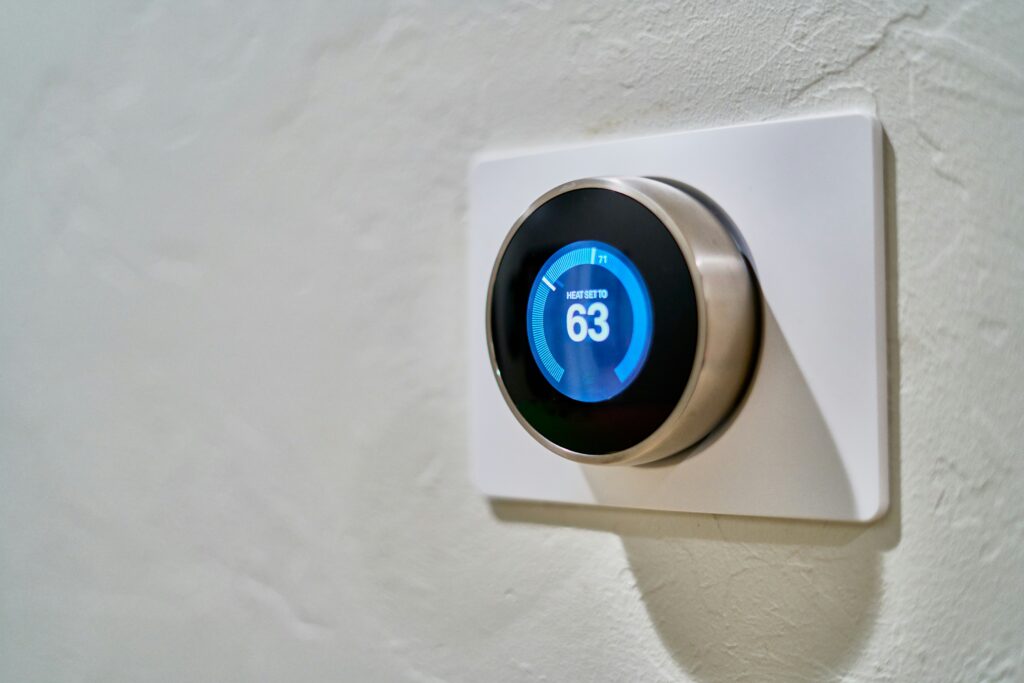
The incorporation of smart home appliances has come to represent modern day living. They put efficiency, accessibility, and ease of use at our fingertips.
However, a recent study has sparked worries about these smart devices’ darker side. It implies that the gadgets we enjoy for our smart homes might be spying on us.
These days, inviting these gadgets into your house is only natural. However, it’s also important to carefully consider how they may affect privacy. We’ll talk about how to protect your privacy in an era of growing connectivity as well as the possible surveillance risks posed by smart home devices.
The Silent Observers in Our Homes
Thermostats, cameras, and voice-activated assistants are examples of smart home appliances. They have become a vital component of our daily lives.
These devices promise to improve the intelligence and responsiveness of our homes. “Which?” a consumer advocacy group study asks unsettling questions. To what degree are they listening in on our most private moments?
The study looked at how well-known smart home appliances handled data such as those produced by Amazon and Google. It exposed an atmosphere in which the distinction between convenience and surveillance is hazy.
Key Findings from the Study
The study examined a number of well-known smart home appliances. for instance, thermostats, doorbell cameras, and smart TVs. It revealed a number of concerning facts.
Widespread Data Sharing
A sizable portion of smart home appliances exchange user data with third parties. Users frequently aren’t aware of this data exchange. It raises questions about how widely businesses are sharing our personal information and whether we have given our consent explicitly.
Potential for Eavesdropping
Voice-activated devices, such as Alexa, are widely used. It was discovered that smart assistants and speakers were especially vulnerable to possible bugging. The study produced some information that raised some eyebrows. These devices have unintentionally recorded and transmitted audio data on occasion. This presents privacy risks, particularly for users who might be unaware that they are being continuously monitored by audio.
Lack of Transparency
The lack of transparency is among the most unsettling aspects that the study has brought to light. Data practices are frequently hidden by tonnes of text.
Many makers of smart home appliances fall short in giving customers accurate and thorough information. Including information on the methods they use to gather, maintain, and distribute user data. Customers are thus kept in the dark regarding any possible privacy risks associated with linked homes. But in this instance, ignorance is dangerous.
Security Vulnerabilities
Additionally, the study found security flaws in a few smart home appliances. This emphasises the possibility of unauthorised access to private data. Insufficient security protocols may put users at risk of cyberattacks and jeopardise the stability of their smart home ecosystems.
Navigating the Smart Home Landscape Safely
Here are the key steps to navigate the smart home landscape safely.
1. Research Device Privacy Policies
Examine the manufacturer’s privacy policy carefully before making a smart home device purchase. Seek for openness regarding matters such as:
- Data gathering;
- Security protocols to safeguard user data.
- Sharing procedures
2. Optimise Privacy Settings
Utilise the privacy settings that smart home appliances provide. Users can personalize their privacy settings on a lot of devices. These may involve lowering the sensitivity of voice-activated features and turning off specific data-sharing features.
3. Regularly Update Firmware
Make sure the firmware updates on your smart home devices are up to date. Updates are frequently released by manufacturers to fix security flaws and improve device functionality. Updating your devices on a regular basis helps protect them from potential online attacks.
4. Use Strong Passwords
Set secure, one-of-a-kind passwords for every smart home appliance. Steer clear of default passwords. Hackers frequently find these to be simple targets. Boost the security of your home network to prevent unwanted access.
5. Consider Offline Alternatives
Look into whether there are offline alternatives that can help you accomplish some smart home features. Choose for gadgets with limited connectivity or offline operation if at all possible. This may lessen the chance of data exposure.
6. Limit Voice-Activated Features
If you’re concerned about privacy, you might want to restrict or disable voice-activated features. This lessens the possibility of unintentional audio recordings and possible listening in.
7. Regularly Audit Connected Devices
Review the smart home appliances linked to your network on a regular basis. You might be surprised to learn how many there are. Take out any gadgets that are not in use or that don’t have enough security precautions. Maintain a safe and compact smart home ecosystem to reduce your risk.
Don’t Leave Your Smart Home Unprotected
Everyone is invited to embrace technological advancements in the connected era. However, we must act responsibly. You don’t want your data privacy to be jeopardised by the convenience of smart home appliances.



